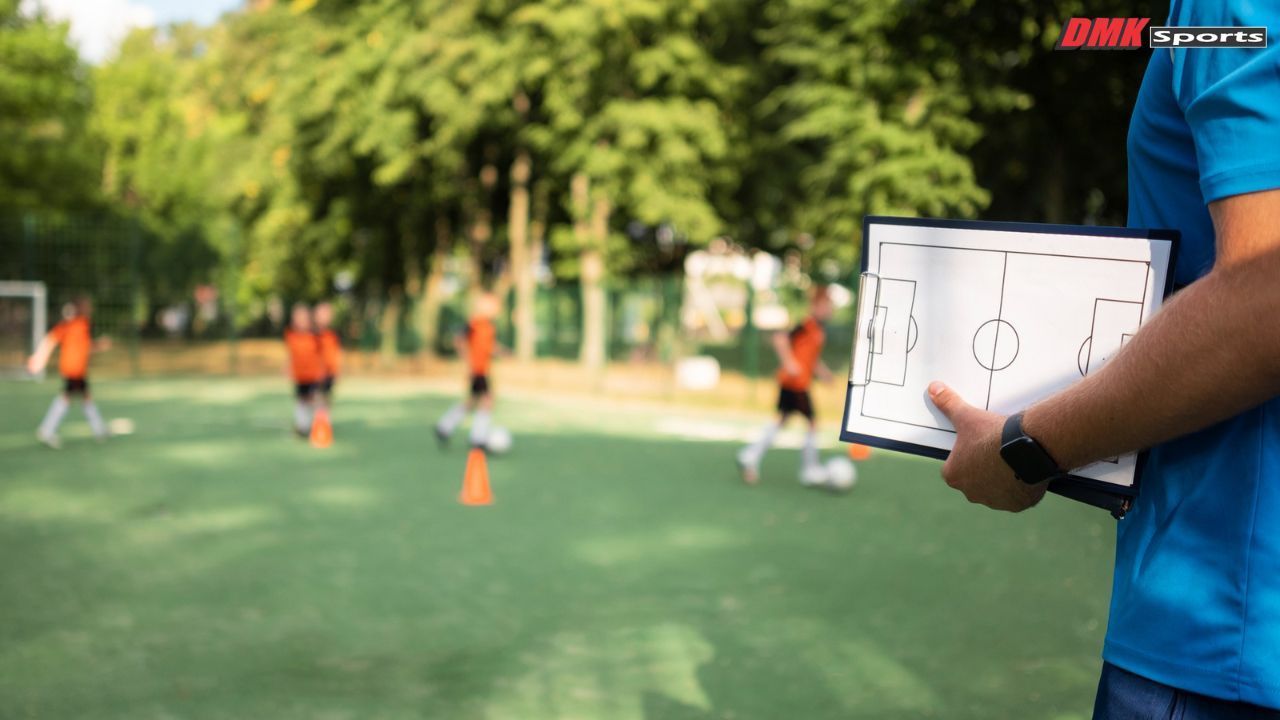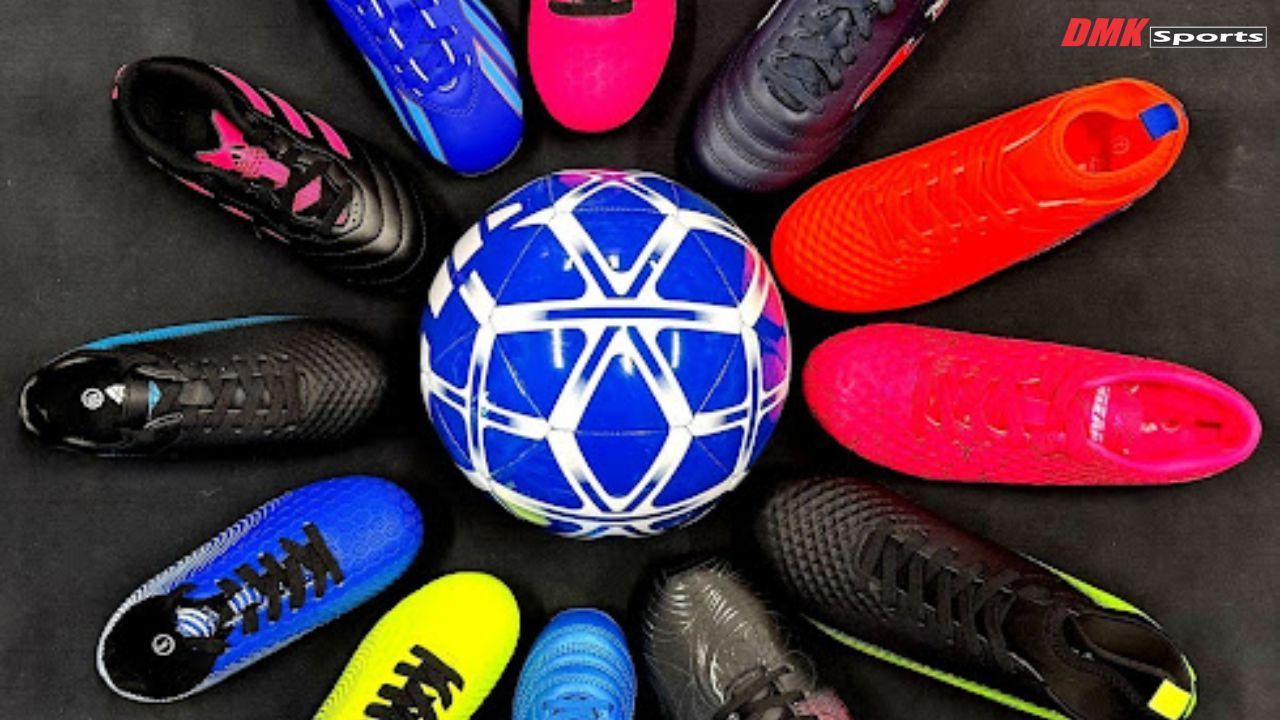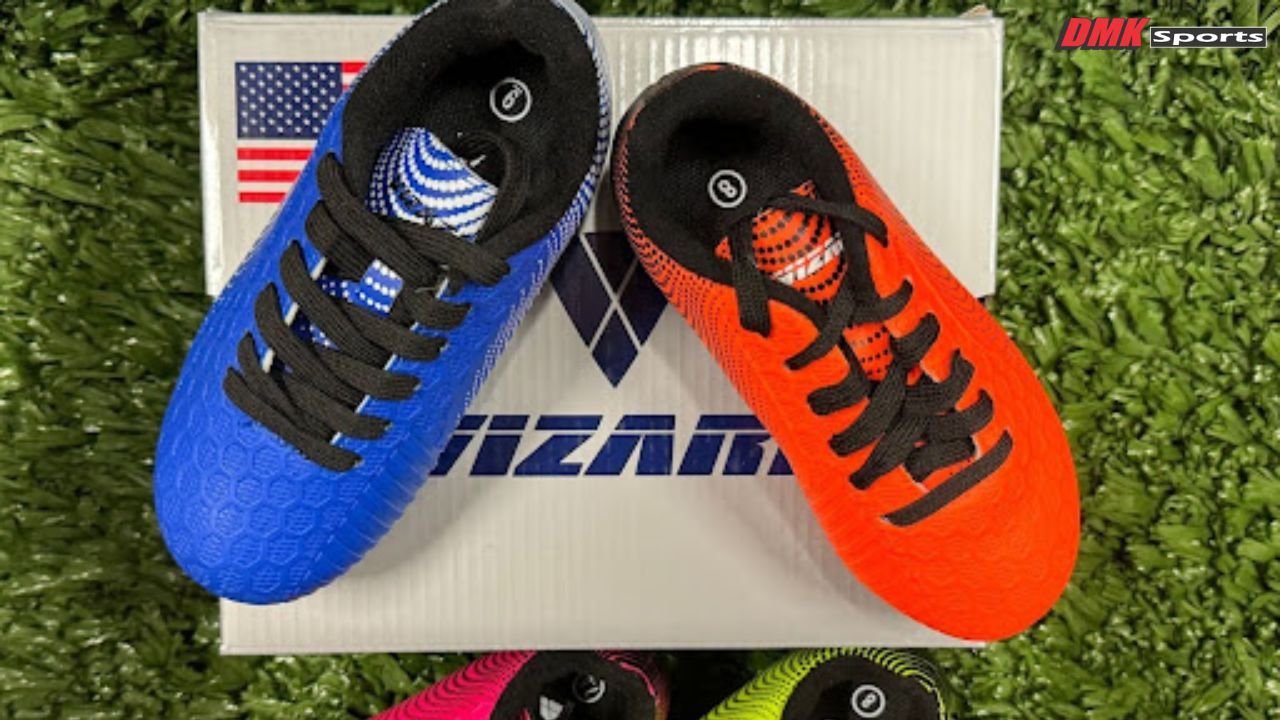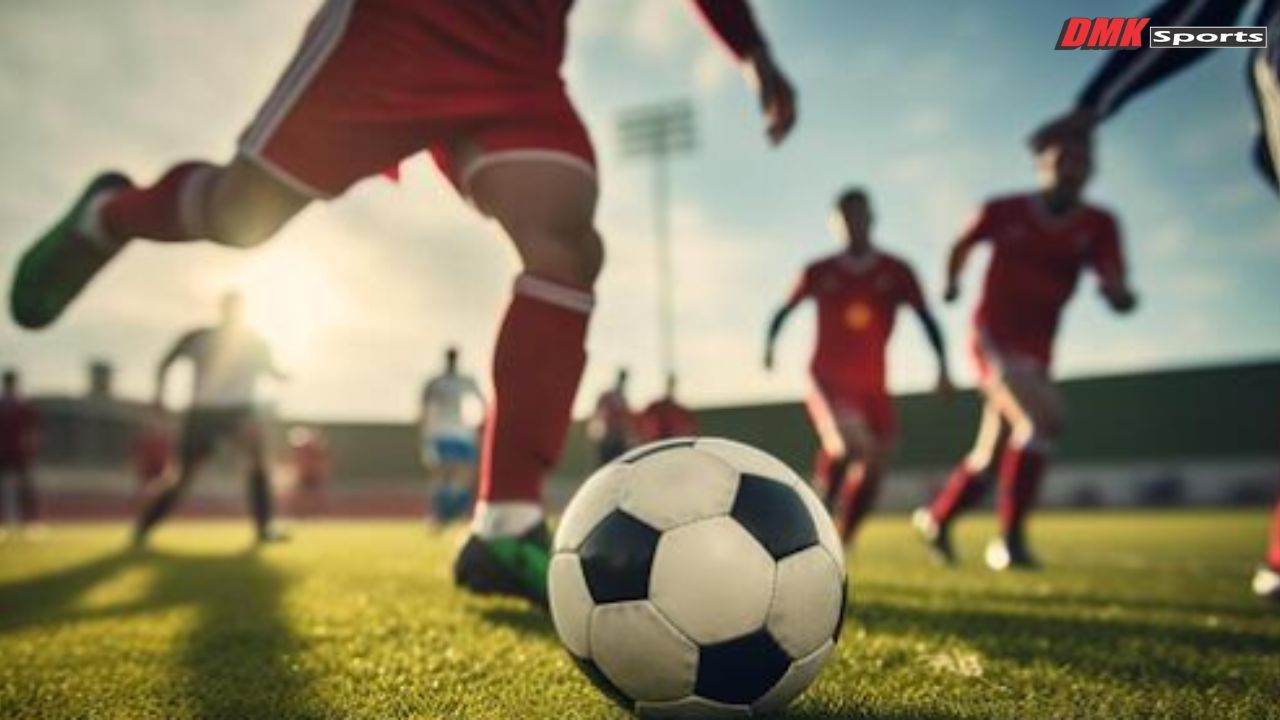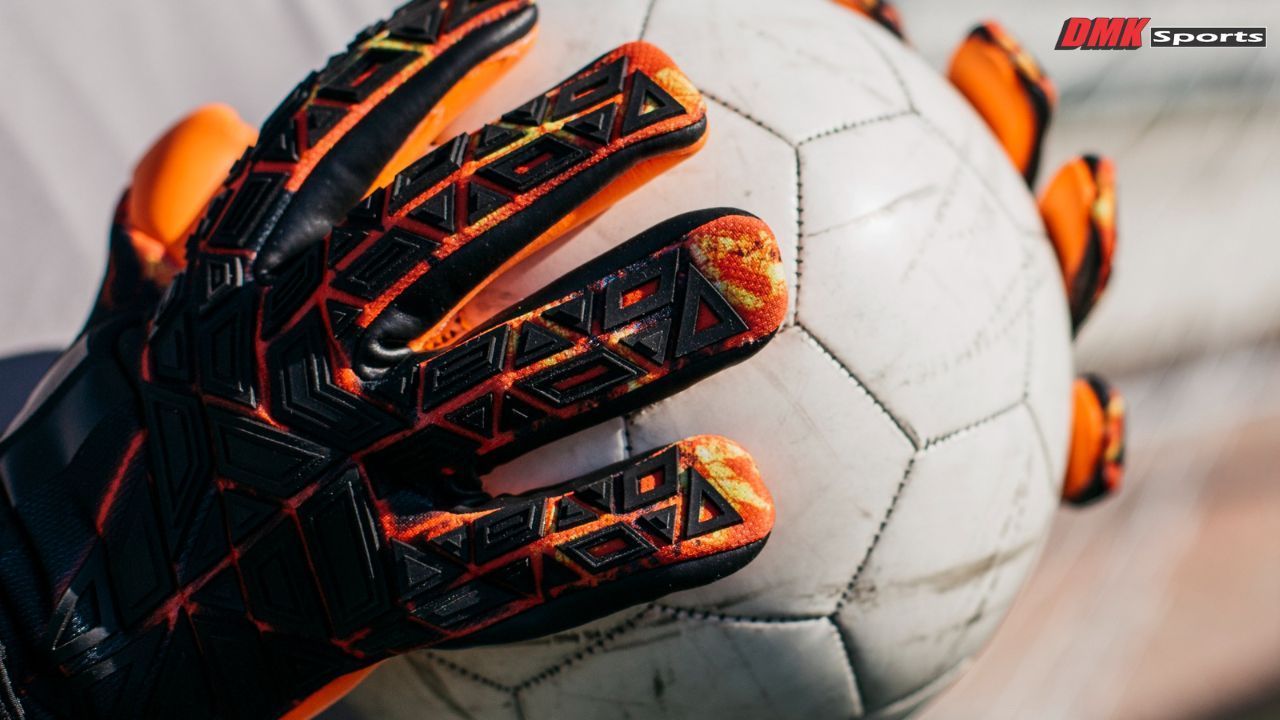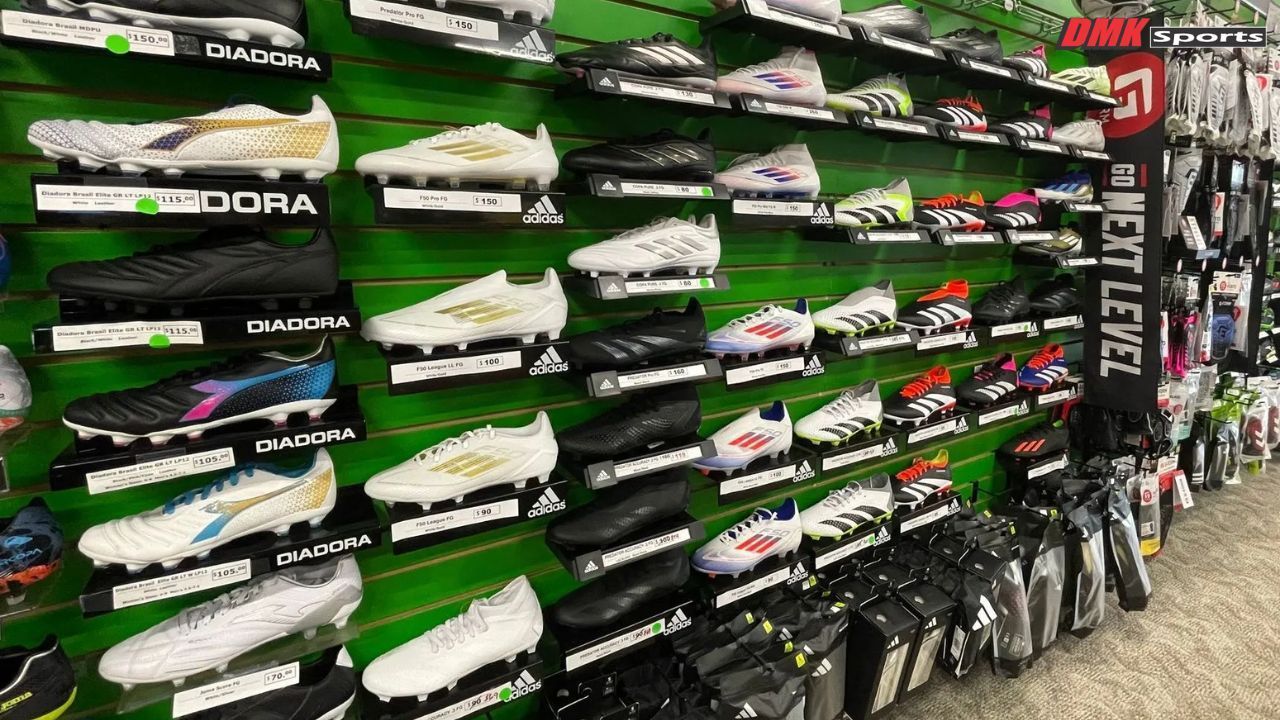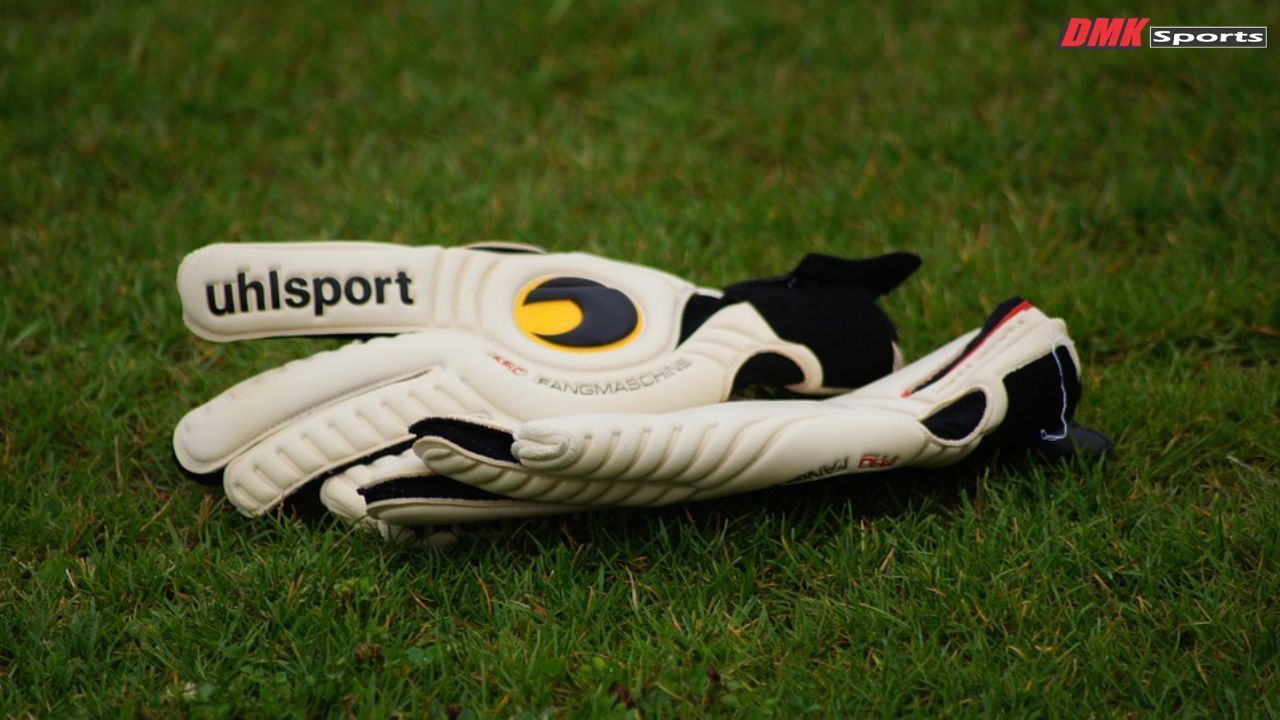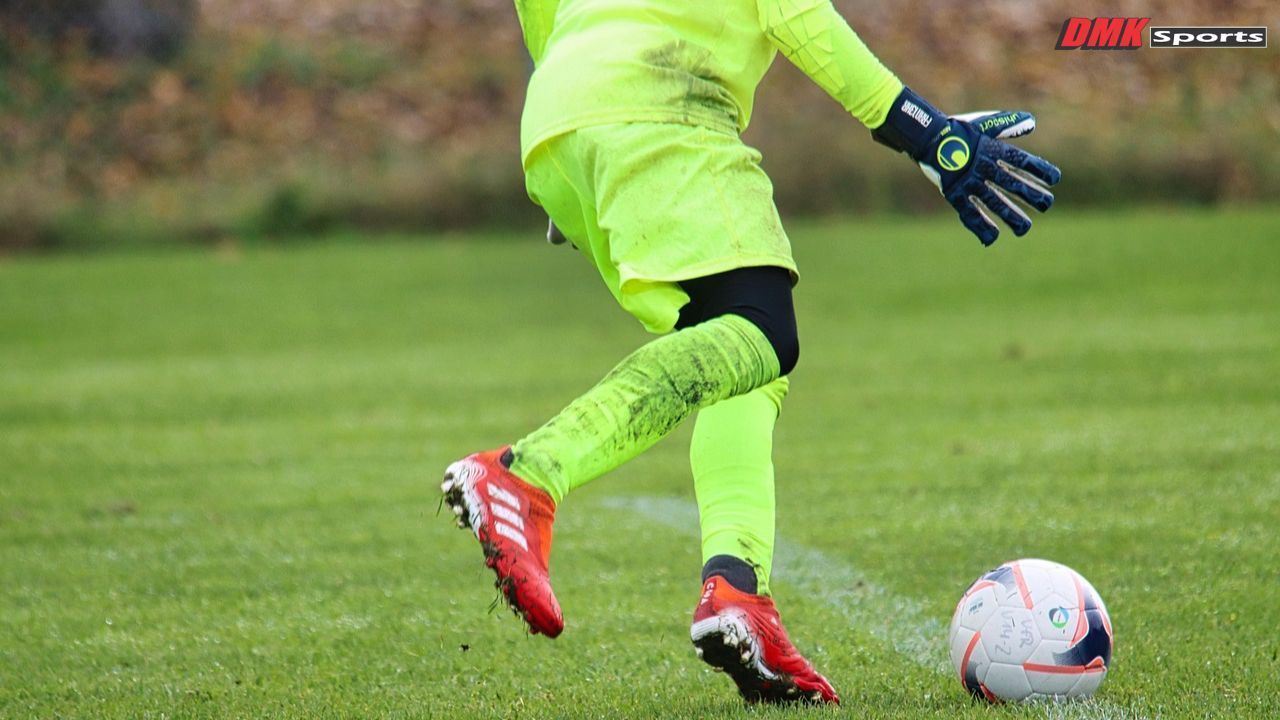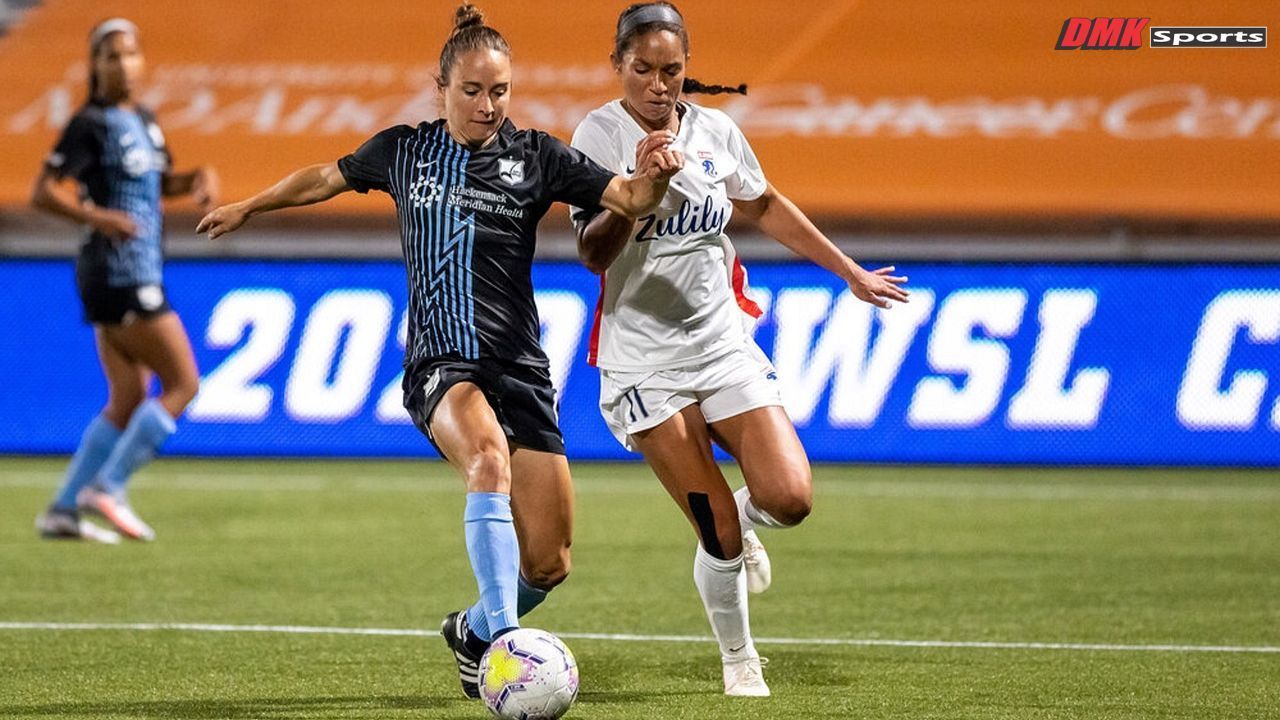Soccer Cleats for Synthetic Grass: A Complete Guide
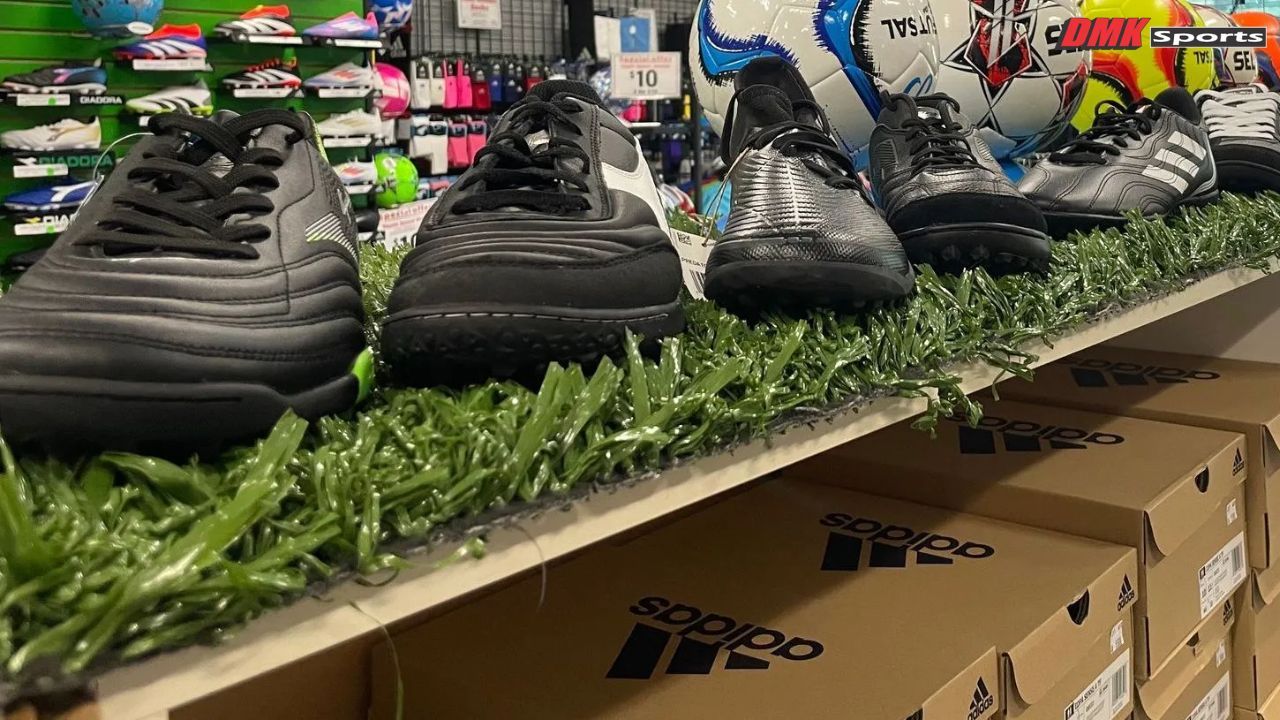
Choosing the right soccer cleats for synthetic grass is essential for safety, comfort, and performance. Players need shoes that provide traction, stability, and agility on artificial turf.
Wearing the wrong cleats can slow you down, cause fatigue, or even lead to injuries. At DMK Sports, you’ll find a wide range of soccer cleats designed for synthetic turf and different playing styles.
Understanding Synthetic Grass Fields
Synthetic grass surfaces are fun to play on. The surface of these fields is firm, consistent, and resistant to weather conditions. These are made of rubber-infused fibers designed to mimic natural turf.
In order for you to play at your best, you need to have proper cleats designed for synthetic grass fields. Unlike natural grass, they offer less natural cushioning, so proper cleats are essential for balance and comfort.
Soccer cleats for synthetic grass have shorter studs that give safe traction without digging too deep. You can get a wide variety of soccer cleats at DMK Sports, made specifically to perform well on synthetic turf.
Also read: The Difference Between Indoor Soccer Shoes and Turf Shoes
Important Features of Cleats for Synthetic Grass
One of the most important features you need to look for is that the outsole studs are short and numerous so they distribute pressure evenly. The best cleats for synthetic grass have specific features for comfort, durability, and performance.
On the other hand, the upper material should be lightweight, flexible, and provide a snug fit.
Third, the midsole and cushioning absorb shock and reduce fatigue during long practices and matches. It keeps you comfortable during intense games or extended practice sessions.
Types of Cleats Suitable for Synthetic Grass
Three main types of cleats work best on artificial surfaces:
- Firm Ground (FG) Cleats: Short, well-spaced studs for good traction on firm surfaces.
- Artificial Ground (AG) Cleats: Multiple short studs for maximum grip and stability on synthetic turf.
- Turf (TF) Shoes: Rubber soles designed for indoor or hard synthetic surfaces with safe lateral movement.
Choosing the right type depends on field conditions, playing style, and personal comfort.
Stud Configuration and Traction
Proper traction is critical to prevent slipping and injuries on synthetic fields. AG cleats usually have 10–15 small conical studs, evenly spaced to distribute pressure.
Some designs combine bladed and conical studs for better performance during sudden turns or sprints. This configuration enhances stability, acceleration, and ball control on artificial surfaces.
Upper Material and Comfort
The materials that are used to make these cleats are mainly leather, synthetic leather, or knit uppers. You should also look for a leather that provides a soft, adaptive fit for precise ball control but may require break-in time.
This synthetic leather is durable, lightweight, and water-resistant, while knit uppers offer flexibility and breathability. Comfort features include padded tongues, ankle collars, and soft internal linings to prevent blisters or irritation.
Cushioning and Shock Absorption
Synthetic surfaces are firmer than natural grass, so shock absorption is important to reduce impact on joints. Cleats with EVA midsoles or foam cushioning absorb stress on feet, knees, and ankles.
You can also look for some models featuring dual-density soles with responsive forefeet and softer heels for extra comfort. Proper cushioning enhances agility, endurance, and overall performance during matches or practice.
Durability and Maintenance
Synthetic turf can wear cleats faster due to rubber infill and constant friction. Durable outsoles and reinforced uppers extend cleat life while maintaining performance.
Cleaning with soft brushes and mild soap removes debris from studs. Storing cleats in ventilated bags helps retain shape, flexibility, and long-term usability.
Selecting the Right Fit
Proper fit ensures stability, comfort, and better ball control. Cleats should feel snug without pressure points, leaving enough room for toes and minimal heel slippage.
Trying cleats with synthetic grass socks replicates match conditions for accurate sizing. A correct fit prevents blisters, discomfort, and reduced traction during play.
Top Soccer Cleat Models for Synthetic Grass
Several models are ideal for synthetic surfaces:
- Nike Mercurial Superfly AG: Lightweight and responsive, built for speed and agility.
- Adidas Predator Mutator AG: Textured upper for enhanced ball control.
- Puma Future Z 1.3 AG: Adaptive fit with hybrid stud pattern for sharp movements.
- Mizuno Morelia Neo II AG: Classic leather upper with AG outsole for comfort and durability.
These cleats focus on traction, comfort, and performance for synthetic turf.
Conclusion: Maximize Your Game with the Right Cleats
To give your best on the field you need to have the right soccer cleats for synthetic grass to improve safety, comfort, and performance.
While buying these studs, consider factors like the upper material, cushioning, and fit. You need to have high-quality cleats that prevent you from serious injuries and allow players to accelerate, pivot, and maintain control while reducing fatigue.
You can get a wide variety of soccer cleats at
DMK Sports. Ensuring that there are options available for all players and their preferences. Investing in proper cleats guarantees confidence, durability, and optimal performance on every synthetic field.
